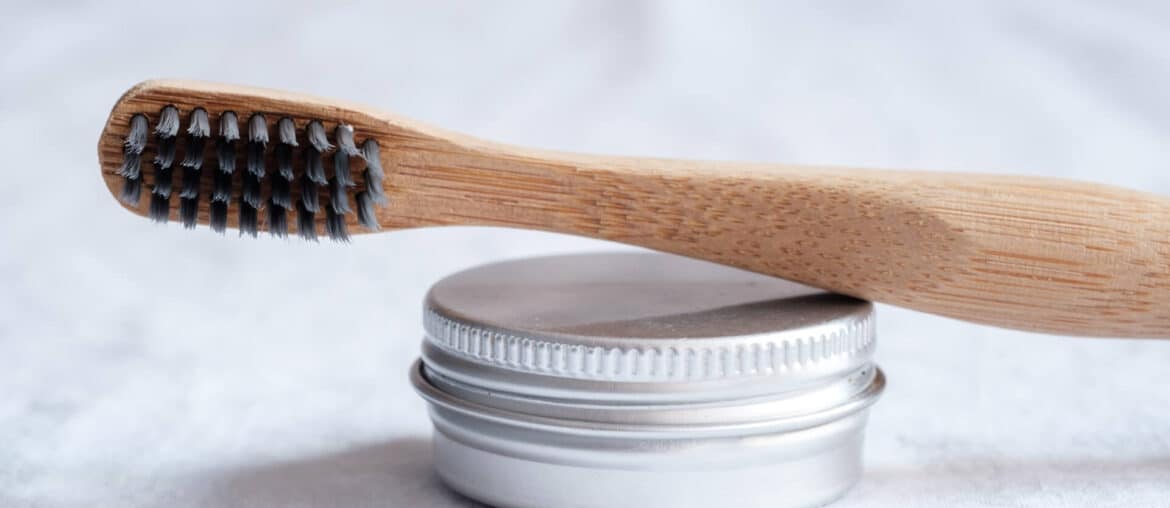A dazzling smile is not only a sign of confidence, but also an indication of good overall health. Our teeth play a crucial role in breaking down food for digestion, and maintaining a good oral hygiene routine is essential for keeping them strong and healthy. In this article, we will delve into the importance of oral hygiene and provide detailed insights into the proper techniques for brushing, flossing, and irrigating your teeth.
The Importance of Oral Hygiene
Oral hygiene is the practice of keeping the mouth, teeth, and gums clean and healthy to prevent dental issues such as cavities, gum disease, and bad breath. Poor oral hygiene can have far-reaching consequences, including tooth loss and increased risk of serious health conditions such as heart disease, stroke, and diabetes.
- Brushing Your Teeth
To maintain good oral hygiene, it is essential to brush your teeth at least twice a day for two minutes each time. The key is to use the right tools and techniques to ensure that your teeth are thoroughly cleaned.
- Choose the Right Toothbrush: Select a toothbrush with soft bristles to avoid damaging your gums and tooth enamel. Electric toothbrushes can be beneficial, as they often have built-in timers and pressure sensors to help you brush correctly.
- Toothpaste: Use a fluoride toothpaste, as fluoride helps strengthen tooth enamel and prevent cavities.
- The Proper Technique: Hold your toothbrush at a 45-degree angle against your gum line. Use small, circular motions to gently clean the outer, inner, and chewing surfaces of your teeth. Don’t forget to brush your tongue to remove bacteria and keep your breath fresh.
- Flossing
Flossing is an indispensable part of your oral hygiene routine, as it helps remove food particles and plaque from between your teeth where your toothbrush cannot reach. It is recommended to floss at least once a day.
- Choose the Right Floss: Use a dental floss that is comfortable for you – waxed, unwaxed, or even floss picks are all viable options.
- The Proper Technique: Wrap the floss around your middle fingers, leaving about 2 inches (ca. 5 centimetres) between your hands. Gently slide the floss between your teeth using a sawing motion, then curve the floss around each tooth and move it up and down to clean the sides. Use a clean section of floss for each tooth to avoid spreading bacteria.
- Irrigating
Water flossers or oral irrigators use a pressurized stream of water to clean between teeth and below the gum line. They can be an effective alternative or supplement to traditional flossing.
- Choose the Right Irrigator: Look for a water flosser that is easy to use, with adjustable pressure settings and multiple tips for different purposes.
- The Proper Technique: Fill the reservoir with lukewarm water and select the appropriate pressure setting. Lean over the sink and place the tip in your mouth, aiming it at the gum line between your teeth. Turn on the device and let the water flow, moving the tip along your gum line and between your teeth.
Maintaining a proper oral hygiene routine is essential for keeping your teeth and gums healthy. By brushing, flossing, and irrigating your teeth regularly, you can protect your smile and reduce your risk of developing dental problems and other health issues. Remember, a healthy smile is a beautiful smile!








